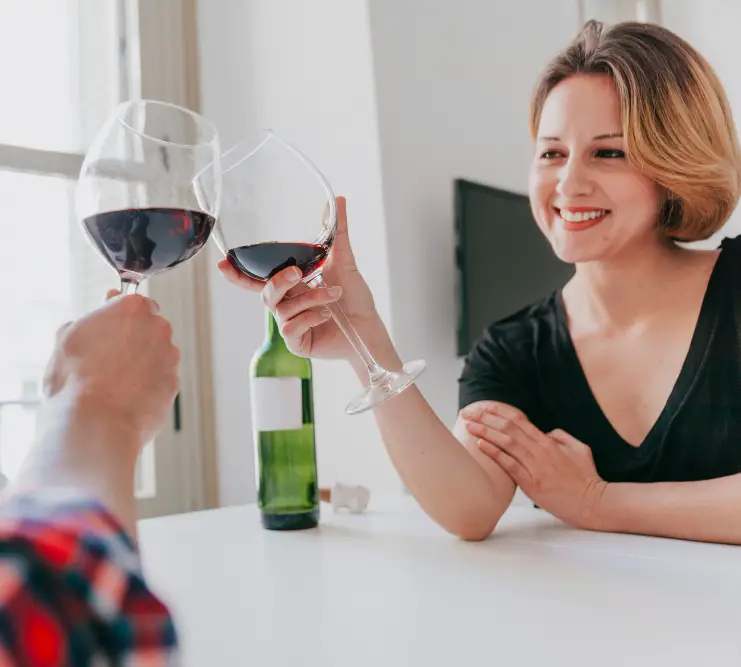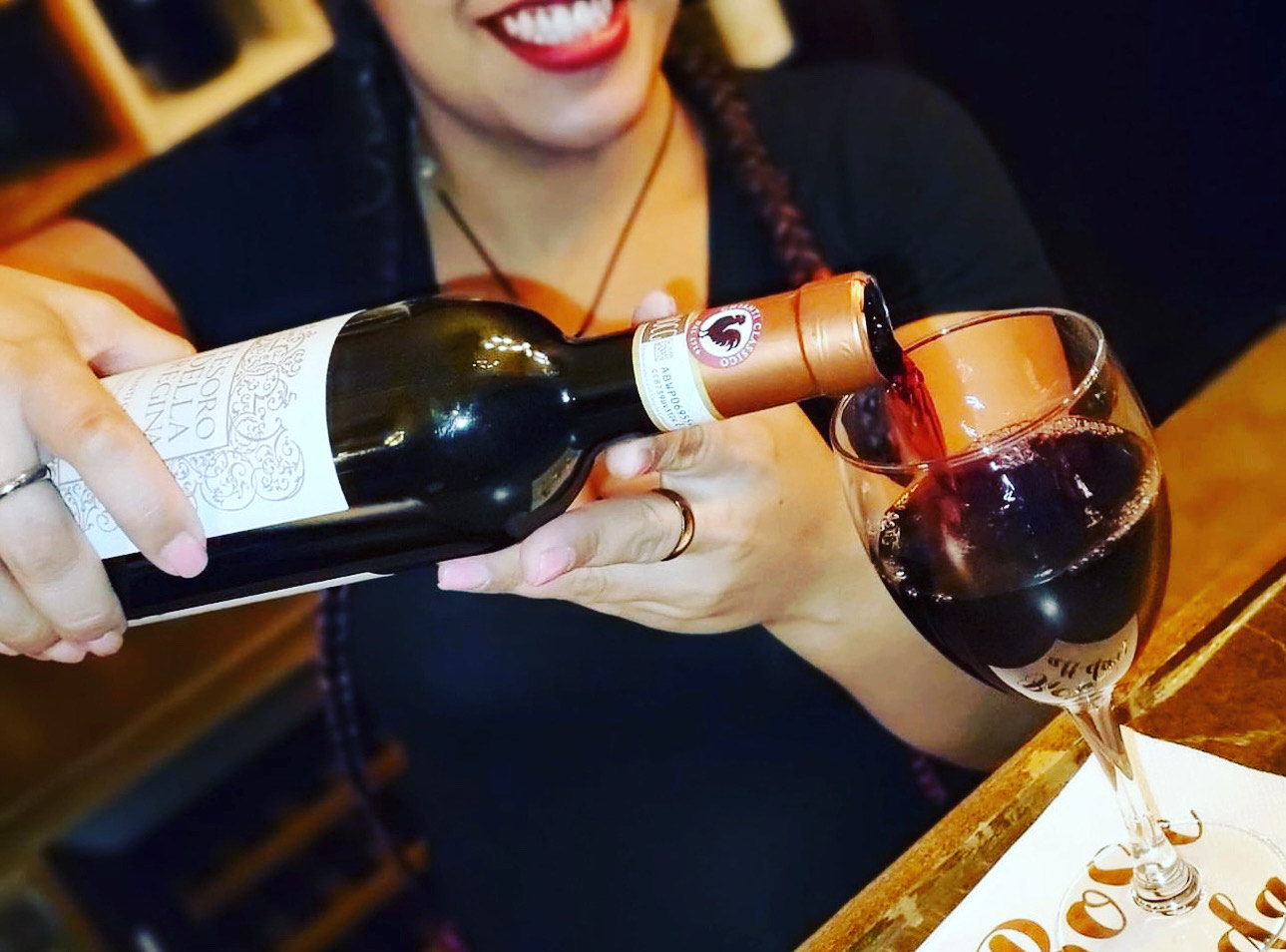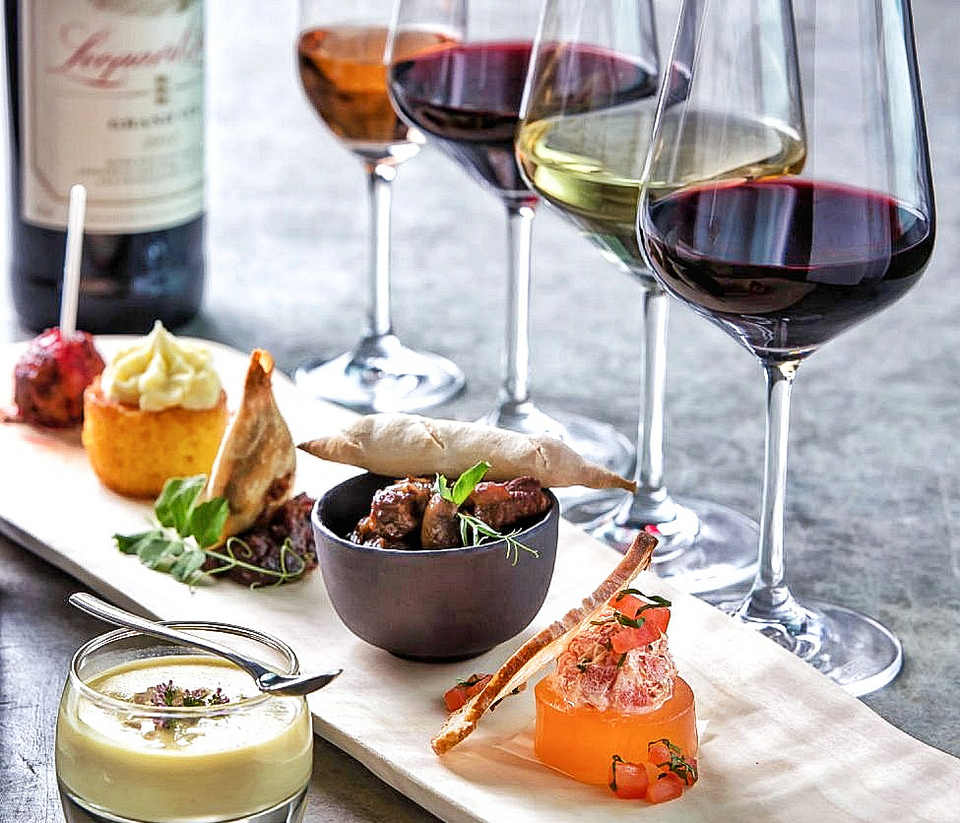The Ultimate Guide to Wine Tasting for Beginners
Wine tasting is more than sipping wine — it’s a sensory journey. From the first glance at its color to the lingering flavors on your palate, every step is an opportunity to explore aromas, textures, and the craftsmanship of winemaking. Whether you’re attending your first wine tasting event or simply exploring bottles at home, this guide will walk you through the essentials so you can taste like a sommelier.
Introduction to Wine Tasting
Wine tasting is an art form that blends science, history, and culture. A well-trained sommelier can identify subtle differences between vintages, regions, and winemaking styles. But you don’t need to be a professional to enjoy the process — with a few tips, anyone can develop their wine tasting skills.
If you’re planning to experience Wine Tasting at a local vineyard or during a guided session, understanding the basics will help you enjoy every sip.

Understanding the Wine Tasting Process
The wine tasting process isn’t just about flavor; it involves sight, smell, taste, and touch. A structured approach allows you to recognize differences between wines and appreciate their complexity. Most wine tastings follow a systematic order:
- Look at the wine’s color and clarity.
- Swirl to release aromas.
- Smell to identify bouquet and notes.
- Sip to evaluate flavors and texture.
- Savor the finish.
The 5 Steps of Professional Wine Tasting
- Observe the Appearance – Hold the glass against a white background to assess clarity, hue, and depth. Red wines may range from ruby to garnet; white wines from pale straw to golden.
- Swirl the Glass – Gently rotate the glass to aerate the wine and enhance aroma release.
- Smell the Aromas – Inhale deeply. Look for fruit, floral, herbal, earthy, and oak notes.
- Taste the Wine – Let it coat your tongue. Identify primary (fruits, herbs), secondary (fermentation), and tertiary (aging) flavors.
- Evaluate the Finish – Notice how long the flavors linger after swallowing.
Wine Glassware and Pouring Techniques
The right glass enhances aroma and flavor. Use:
- Tulip-shaped glasses for red wines.
- Smaller bowls for white wines to preserve crispness.
- Flutes for sparkling wines.
When pouring, fill only one-third of the glass. This allows room to swirl without spilling.
Common Wine Varietals to Try First
For beginners, starting with well-known varietals helps develop a reference point:
- Reds: Cabernet Sauvignon, Pinot Noir, Merlot
- Whites: Chardonnay, Sauvignon Blanc, Riesling
- Sparkling: Prosecco, Champagne
Consider booking a Wine Pairing session to taste these alongside complementary foods.

Mastering Wine Aromas and Flavors
The aroma wheel is a tool sommeliers use to categorize scents. Common categories include:
- Fruity: Berries, citrus, tropical fruits
- Floral: Rose, violet, orange blossom
- Earthy: Forest floor, mushrooms
- Woody: Oak, cedar, vanilla
Over time, you’ll notice patterns that help you predict the taste from the aroma alone.
Food Pairing for Beginners
Food pairing can elevate your wine tasting experience. A few classic matches include:
- Cabernet Sauvignon with grilled steak
- Pinot Noir with mushroom risotto
- Chardonnay with creamy pasta
- Sauvignon Blanc with goat cheese
- Riesling with spicy Asian dishes
Our Live Entertainment events sometimes feature guided pairing experiences.
Wine Tasting Etiquette
At formal tastings:
- Avoid wearing strong perfumes (they interfere with aromas).
- Hold the glass by the stem to avoid warming the wine.
- Spit after tasting if attending multiple pours — this keeps your palate sharp.
- Respect the pour size and avoid requesting excessive refills.

Enhancing Your Palate Over Time
- Taste regularly to build a memory of flavors.
- Compare wines side-by-side to notice differences.
- Keep a wine journal to record tasting notes.
- Learn from experts through sommelier-led classes.
Beginner-Friendly Wine Tasting Events
If you’re in doubt, start with a guided Paint & Wine event. These combine a relaxed environment with expert wine instruction.

Frequently Asked Questions (FAQs)
1. Do I need to know wine terms before tasting?
No, but learning basic descriptors like “tannins,” “acidity,” and “body” can help.
2. Should I taste wine with or without food?
Both! Food can enhance flavors, but tasting without food helps you evaluate the wine itself.
3. How much wine should I pour for tasting?
About 2–3 ounces is enough for proper swirling and evaluation.
4. Is expensive wine always better?
Not necessarily. Quality depends on winemaking, not just price.
5. How do I store leftover wine?
Seal with a cork or wine stopper and refrigerate; drink within 3–5 days.
Conclusion
Wine tasting is a skill that blends sensory observation with personal enjoyment. Whether you’re trying your first wine to taste at home or joining a professional event, the key is to stay curious and open-minded. Over time, you’ll develop the confidence to describe, compare, and truly appreciate wines from all over the world.
